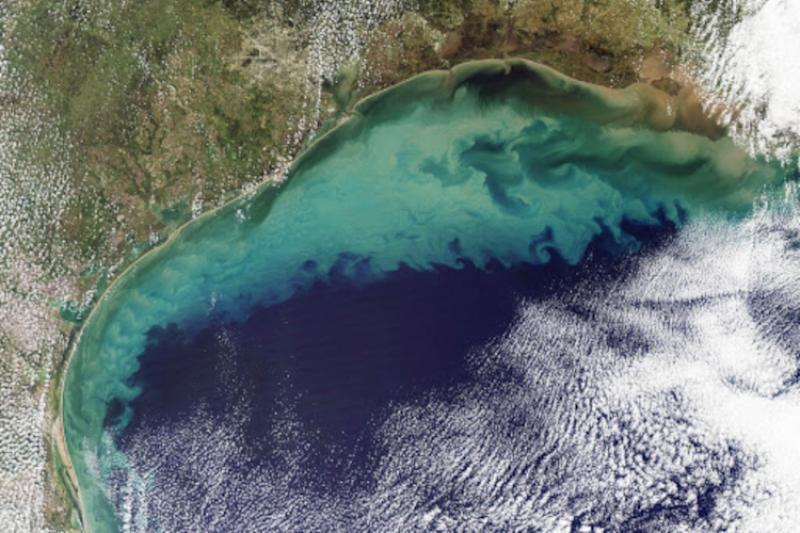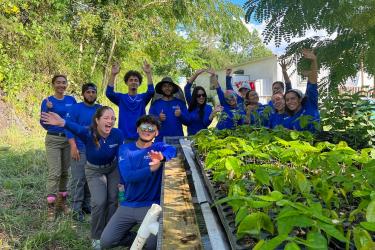The NOAA Fisheries Southeast region, from Texas to North Carolina and the U.S. Caribbean, has already endured a number of climate-related impacts over the last century. Climate information is needed to inform conservation and management of our marine wildlife and habitats. To address that need, we have developed the 2022–2024 Southeast Climate Regional Action Plan. It outlines our priorities over the next 3 years in managing our fisheries, protected and endangered resources, and their associated habitats.
The Plan is designed to increase production, delivery, and use of scientific information needed to fulfill NOAA Fisheries’ mission in a changing climate. The information will help NOAA, stakeholders, and communities that depend upon marine life prepare for, and respond to, climate-related impacts.
Priority Actions to Reach Climate-Related Goals
With warming ocean temperatures, sea level rise, and species’ distribution shifts, our coastal and offshore ecosystem dynamics are changing more quickly than ever before. Tropical storm dynamics are changing, and coral bleaching and disease as well as harmful algal blooms are becoming more frequent and intense. Extreme rain and drought events have impacted marine mammals, coastal resources such as oysters, and the safety and health of our coastal communities. The Plan was developed in response to these events as well as to the national NOAA Fisheries Climate Science Strategy.
To develop the Plan, we assessed our climate-related scientific work and, via communications with staff, stakeholders, and the public, identified actions focusing on:
- Hosting staff training and regional meetings to increase awareness and sharing of available climate tools and science
- Increasing awareness of climate change amongst stakeholders through outreach and sharing our climate science in a user friendly format
- Conducting fisheries and environmental surveys to better track climate change
- Conducting climate vulnerability assessments to evaluate the level of risk for resource, threatened/endangered, and ecological species and habitats
- Developing projections of future conditions to allow current regional science to account and prepare for climate change
- Building a process to understand the impacts of climate-related shifts in coastal habitats and oceanic conditions
- Partnering with other federal and state entities, non-governmental organizations, and stakeholders to help inform regional climate science and better prepare for climate-related challenges
- Increasing the application of management strategy evaluations for climate applications
- Continuing to work towards an ecosystem-based fisheries management approach when developing fishery regulations
Need for Action
Despite the challenges in using climate science to inform resource management, we have made progress over the last decade. Climate vulnerability assessments of marine mammals, fish, and shellfish allow us to better prioritize conservation and management of species most vulnerable to climate change. Research in the Gulf of Mexico examining the displacement and transition of important coastal habitats due to climate change will allow us to protect and focus restoration efforts on at-risk habitats. Ecosystem Status Reports for the Gulf of Mexico and South Atlantic analyzed upwards of 70 indicators. The reports evaluated which ecosystem pressures (e.g., sea surface temperature, sea level rise, ocean acidification) were of the most concern. Climate research also provides a foundation for successful ecosystem-based fisheries management, which is fundamental to sustainable fisheries and marine ecosystems.
More Information Links
Southeast Regional Action Plan (PDF)
Southeastern U.S. Continental Shelf and Gulf of Mexico Regional Action Plans



